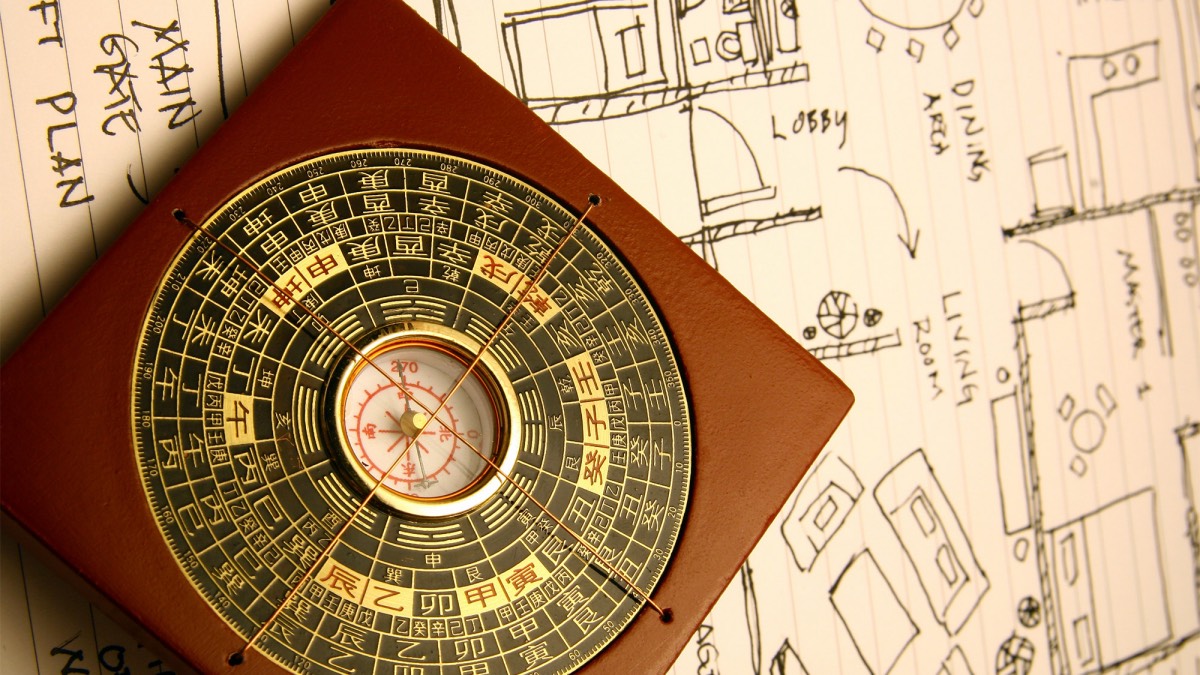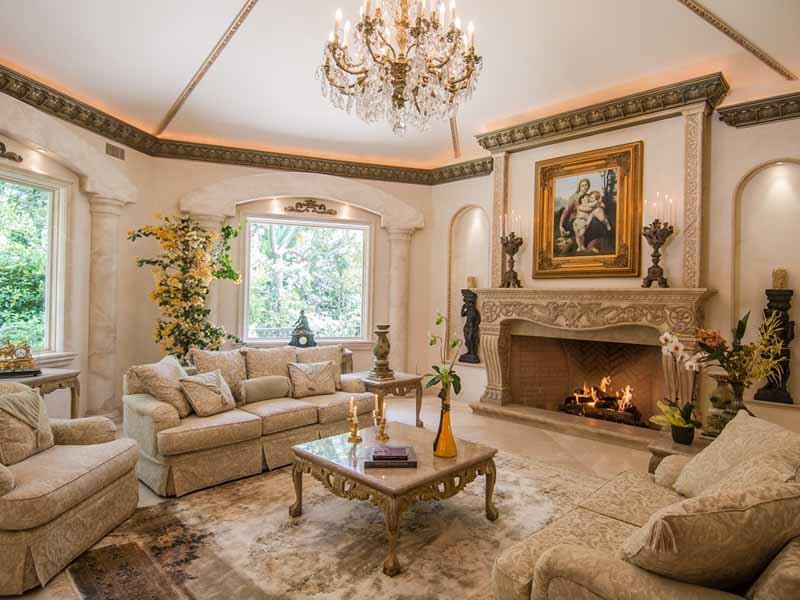[dropcap]Y[/dropcap]ou’ve probably heard a comment or two about Feng Shui when it comes to interior design. It refers to a traditional art form of design that evokes balance and harmony. Feng Shui is rooted in ancient Asian culture and has slowly made its way into international design.
Tradition in China, where Feng Shui originated, believes that the layout of a home, office, garden or other building will have a direct impact on a person’s health and wealth. When done right, it will evoke a sense of success and prosperity, but poor Feng Shui generates bad energy. You don’t have to worry that your life will be in ruins if the couch is angled poorly, but proper Feng Shui has been adopted by many American designers because of its aesthetic benefits. Feng Shui improves the way rooms flow from one to the next and lifts the mood in a room. It allows people to relax at home and work more productively in the office.
Follow these helpful tips to see how you can improve Feng Shui in your home.

Declutter to Improve Feng Shui
Commercials and ads bombard us all day telling us to accumulate things. Eventually, many people find themselves surrounded by clutter. It’s all stuff that they haven’t used for years but just can’t get rid of. Letting go isn’t easy. It’s probably not at hoarder-level chaos but take a look in the average person’s garage and you’ll see skis that haven’t been used in forever, and old bikes long outgrown. Clutter is the enemy of Feng Shui because it interrupts flow. It’s disjointed and disrupts positive energy in a home. Decluttering can be difficult, but the process is freeing. Not only do you improve Feng Shui by opening up more space in your home, you achieve inner peace knowing that there’s more to life than possessions. Focus can turn towards arranging your home for maximum Feng Shui once the clutter is out of the way.

Feng Shui’s Five Elements
Using Feng Shui in interior design begins with incorporating its five basic elements: wood, water, fire, earth, and metal.

Wood – Wood denotes creativity and growth. Using wooden elements in a home is believed to promote strength, flexibility and symbolize new birth. Wood has a calming effect, but if used too excessively, it can make a home feel rigid. Easy ways to bring wood into a home is to place plants around, and to seek out natural accents on furniture like chairs and tables.

Water – Water elements in a home stoke spirituality and peace. A water element in the house is also great because it makes calming ambient noise. If you don’t want the risk of a fish tank or fountain spilling in your house, opt for water colors like deep blue and sea green in your textiles. They’re believed to increase sympathy and stave off feelings of stress or loneliness. Mirrors and other reflective materials also belong to the water element.

Fire – Fire represents passion and leadership. Fire warms the home and instills boldness in people who live around it. Without fire, people are believed to have a lack of direction in their lives which can lead to low self-esteem. Candles, fireplaces, and other fire elements are a great way to break up monotonous rooms. Taking full advantage of natural sunlight is another great way to add more “fire” into a home. If you’re still looking to bring more fire elements in, colors like pink and red are a great choice.

Earth – Earth is a grounding force that emits a feeling of sturdiness and strength. Too many earthy elements in a home can be dry. It comes off as too monotone. However, homes that lack earth tones represent the absence of focus. Earth colors include brown, sand, tan, and green. A great way to add more earth into a home is with landscape art, pottery, and rectangular furniture.

Metal – Metal stands for clarity and logic. It’s clear cut, and analytic. While too much metal can come off cold and emotionless, adding some metal elements into a home is thought to improve clarity. Silver, and gold colors are fantastic ways to add metal tones in a house, as are metal lamps and other finishes. It’s believed that metal fits best in round shapes like circles and ovals, rather than the harsh angles of squares or rectangles.

Take Advantage of Light
There are times that dim lighting works, but usually it suppresses moods. Making sure there is good lighting in a space is a fundamental to good Feng Shui. Don’t settle for dark hallways or corners in the home. Buy higher wattage lights that will brighten up the place. It will have a direct impact on how you feel inside. Open as many windows as you can to let natural light in whenever possible. Mirrors also reflect light and energy. Make sure to hang a few mirrors around the house but be selective about where you put them. Mirrors that reflect beautiful parts of your home will put off good energy. Avoid having them reflect a bathroom or a messy kitchen.

Start Small
Start small by opening up the front door more often. It’s believed that energy flows into a home from the outside, so open up the door. You will at least get the benefit of more natural light and hopefully a nice breeze. Buy a few plants and put them around your house. The natural green and wood will have a calming effect inside. Tending to them and seeing them go will also give you a sense of satisfaction. If you’re going to focus on one room in the house, start with your bedroom. It’s where you spend a lot of time, most of it fast asleep. Purchase high quality fabrics and curtains that make the room peaceful. Go for earth or water elements that will make falling asleep easier. Improved sleep is one of the key aspects to living a happier, healthier life. You don’t have to completely overhaul your house to add Feng Shui. Focusing on these small steps will help you know if the design theme is for you.
References:
Homedit – Feng Shui: What it is, its Five Elements, and Basic Strategies for Modern Interiors
House Tipster – Feng Shui Rules for the Perfect Living Room
The Tao of Dana – Light Up Your Life: The Top Feng Shui Lighting Master Shares Illuminating Secrets







